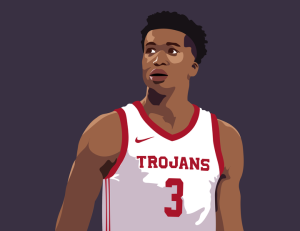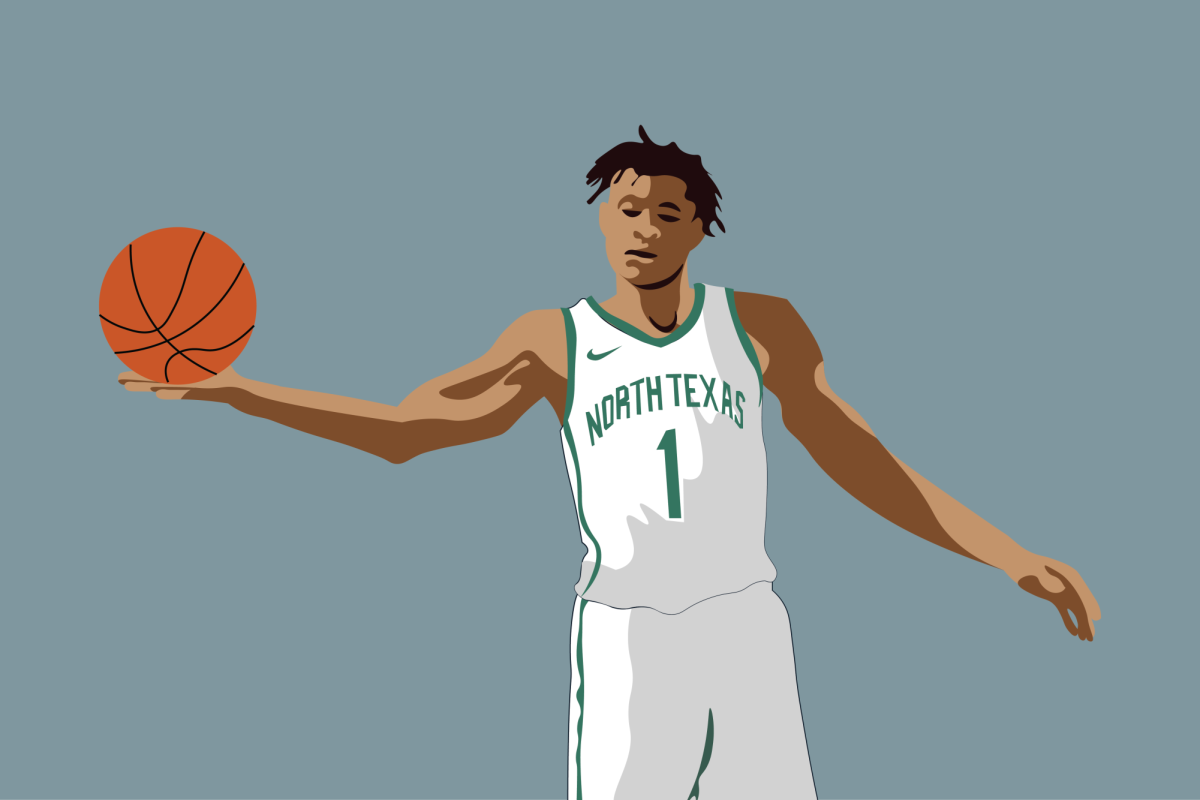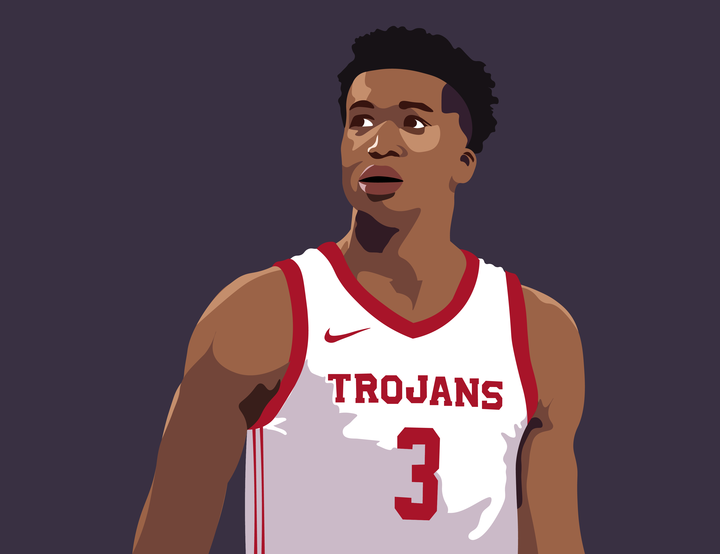The illustrations smattering the pages of comic books are rarely recognized as high-brow art. But at the Museum of Modern Art’s new and surprising exhibit, Comic Abstractions: Image Breaking, Image Making, the pervading question of what art really is has been tested on an entirely new level.
At times both humorous and heartbreaking, the exhibition approaches the impact of mass culture on art form in an unexpected fashion. One of the purest functions of art is to give form to emotions and feelings. So why should this new form of expression be any different? In Comic Abstractions, the featured modern artists use the abstract forms of comic book art to address such issues as politics, racial stereotyping, and sexism.
On a lighter note, the dazzling array of colors is the first visually striking feature of this exhibit. As one proceeds down the hallway into the Special Exhibitions gallery on the third floor of the already aesthetically and architecturally pleasing museum, the primary colors of red typeset on yellow draws you nearer. At the entrance you are greeted by Inka Essenhigh’s visceral Born Again. The visitors’ malleable appearance is similar to Plastic Man-like superheroes.
But look up. Populating the ceilings are “Speech Bubbles” by Philippe Perreno. Reminiscent of Andy Warhol’s “Silver Clouds,” these mylar and helium balloons float above the viewers’ head provocatively. “A good image is always a social image,” said Parreno in an interview on MoMA’s online exhibition, who originally conceived them for the French Union Association to serve as a tool for protest during a union strike.
Artist Rivane Neunschwander used the image of the speech bubble as well in her “Z√© Carioca” series. “Z√© Carioca,” the name of a popular comic book by animator Walt Disney, loosely translates to “Joe from Rio,” a soccer-playing green parrot. “His character was based on a stereotypical clich√© of the Brazilian […] street-smart, lazy, a lover of soccer and samba, a flirt and a swindler,” said Neuenschwander in an interview on MoMA’s online exhibit.
By painting over the figures with bright colors and whiting out the text, Neuenschwander addresses the political and racial undertones of Disney’s comic strip. Through this abstraction, the viewer is allowed to make up their own characters and stories.
Juan Mu√±oz’s “Waiting for Jerry” is a smile-inducing sound installment. It consists of a dark room lit by a mouse hole in a floorboard across from the viewer. The comical soundtrack of Ben and Jerry shenanigans fills the room. The viewer waits for a conclusion to the story, but alas it is not visually represented. The value of sound is the ultimate focus.
Gary Simmons’ pieces “Boom” and “Crazy Conductor” are impressive in their execution. Simmons drew the images in chalk, and then selectively erased along the edges of the lines with golf gloves to give the images a more textured form. In “Boom,” a comic-like blast covers an entire wall. The symbol of the blast has been used throughout comic books to signify an almost humorous type of violence, accruing visual pleasure from a violent act.
In “Crazy Conductor,” Simmons’ character addresses the racial stereotype of the 1930s and ’40s African American cartoon character with exaggerated and almost monkey-like features.
Takashi Murakami’s manga-like “Milk and Cream” are part of his Splash series, all set in a four-panel format. Suggestively sexual, it boldly personifies the censorship of sexual acts in comic books.
The crowd pleaser of Comic Abstractions is undoubtedly “Mirror in a Cabin with Adaptives” by Franz West. It consists of four “adaptives” (oddly shaped, portable sculptures) with the simple direction. “Take an adaptive and go into the cubicle.” That’s right: you are actually allowed to touch this artwork. The cubicle itself is plastered with newspaper pages full of reminders of the gravity of the world around us, but the holder of the adaptive is encouraged to pose before a mirror, as if to remind even those of us with the most rigid dispositions that it is okay to be ridiculous every now and then.
On view through June, Comic Abstractions: Image Breaking, Image Making is an exhibit both the comic convention go-er and art aficionado should not miss.
















